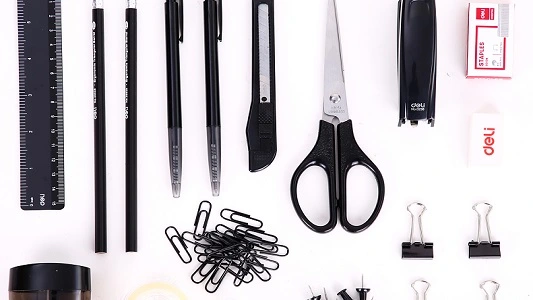Imagine if there were a tool that could quickly navigate you through the vast ocean of knowledge, highlighting important information before your eyes like a lighthouse in the night, guiding the way. Not only that, its vivid colors would also lift your spirits. You guessed it right, today we're introducing the highlighter. Each stroke it leaves on a page is a bridge to understanding and memory. It's not just a pen; it's a great assistant for many in their studies and work. Why are the colors of fluro pens so bright and vibrant? What materials are they made from? Will long-term use harm the human body? How should we safely use fluro pens? This article will address these questions.
Some inferior dyes in fluro pens may contain heavy metals such as lead, cadmium, and mercury, which are harmful to health, especially to children and fetuses.
Eco-friendly organic fluorescent dyes mainly include coumarin, fluorescein, rhodamine, cyanines, and boron-dipyrromethene (BODIPY) dyes. For example, fluorescein dyes can be used in cell imaging, molecular probes, and drug delivery systems.
The BODIPY skeleton itself is not very soluble, but its water solubility can be greatly improved by introducing sulfonic acid groups, quaternary ammonium salts, carboxyl groups, or grafting BODIPY onto hydrophilic polymers. These optimized fluorescent dyes exhibit excellent properties such as good water solubility, high fluorescence quantum yields, narrow spectra, good photostability, insensitivity to environmental pH, and good biocompatibility.
Therefore, these highlighter dyes not only have good biocompatibility and are harmless to the human body, but are also environmentally friendly.
The concentration of volatile solvents in fluro pens decreases rapidly with height above the paper surface. Keeping your head at least 20cm away from the paper while writing can effectively reduce exposure to toxic fumes;
Consumers are advised not to smell the tip of the highlighter;
When not in use, tightly cap the highlighter to prevent the emission of toxic fumes and avoid the drying of the pigment, which could affect subsequent use;
Do not bite or suck on the highlighter to avoid ingesting harmful substances. If the ink accidentally contacts skin or eyes, rinse immediately with plenty of water and seek medical help;
Store fluro pens in a cool, dry place to avoid prolonged exposure to high temperatures or humidity, which could affect the stability of fluorescent agents and release toxic substances.
Most Deli fluro pens use quick-drying fluorescent fountain pen ink, making it less likely to stain hands or paper while writing. Deli fluorescent sketch pen use fluorescent marker ink that is non-toxic, harmless, and either lightly scented or odorless, providing a better writing experience for users.




